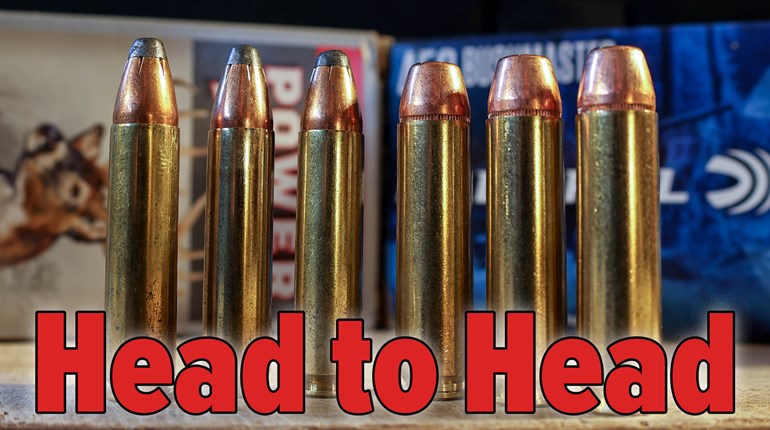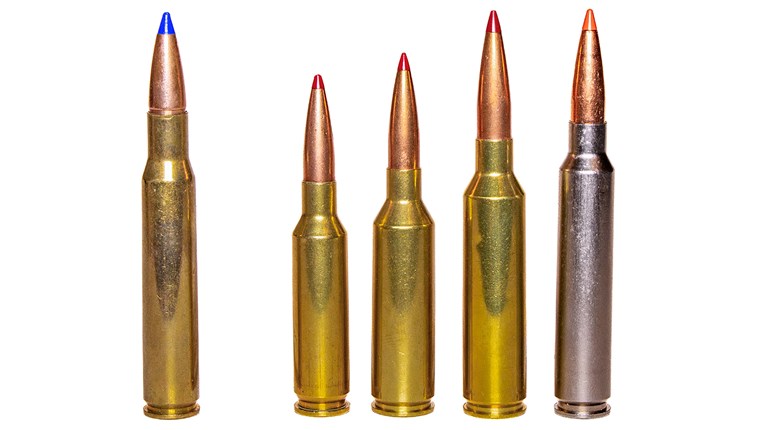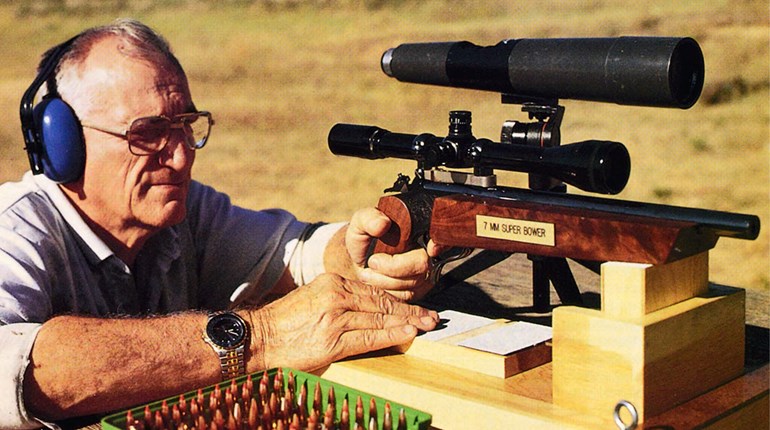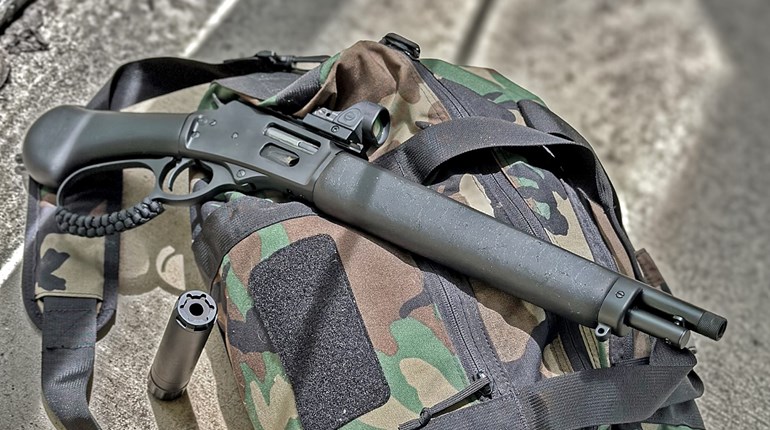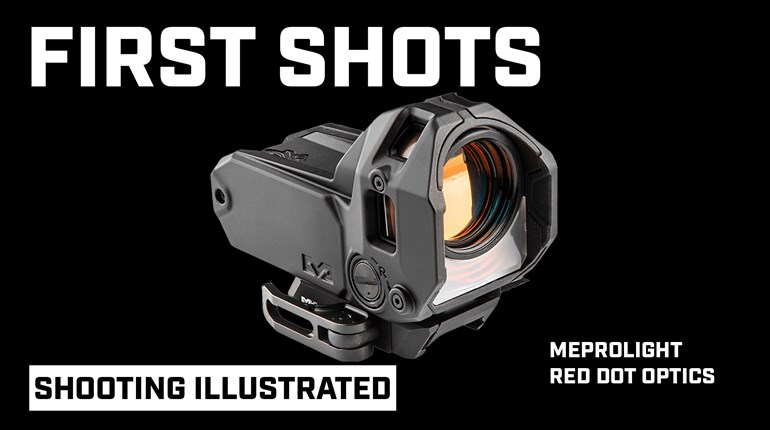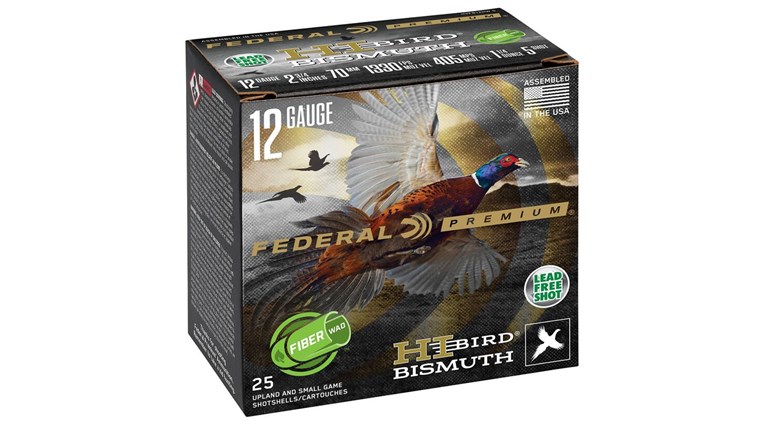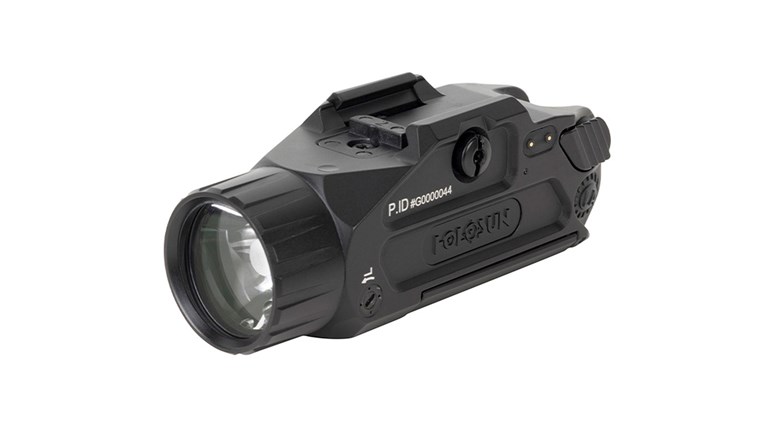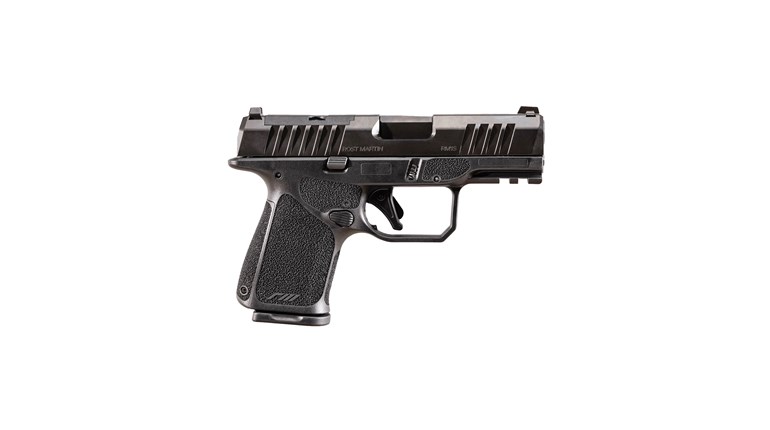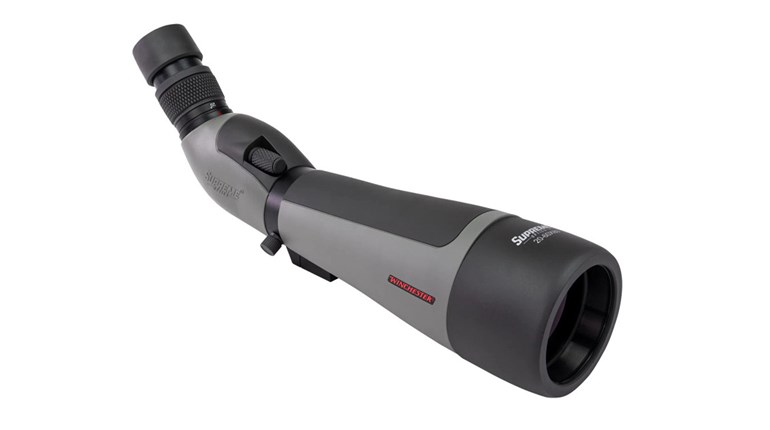
Federal’s new 7 mm Backcountry rifle cartridge is a fantastic option for hunters, but more importantly, the case technology it employs has the potential to change the game for all shooters.
Ammunition designers have been on a quest for more velocity since the dawn of the self-contained cartridge. The brass-cartridge case has limited this quest because of the amount of pressure it can contain. Gunwriters use the “game changer” expression a lot, generally to describe some minute gain in ballistic performance. Granted, it is an admittedly overused phrase, but I feel it’s nonetheless aptly suited to describe what Federal has recently managed to do with its new and highly advanced Peak Alloy plated-steel-case technology.
Federal’s recent introduction of its new 7 mm Backcountry cartridge will likely only interest Shooting Illustrated readers who hunt. However, because of the engineering and technology behind the 7 mm Backcountry, it should be of keen interest to all shooters, because Federal might have just made the brass-cartridge case we’ve been relying on for more than a century obsolete. This is because of pressure. The highest pressure the Sporting Arms and Ammunition Manufacturer’s Institute (SAAMI) currently allows for a brass rifle-cartridge case is 65,000 psi. But, with the new plated Federal Peak Alloy case, pressures as high as 80,000 psi are safely obtainable in modern firearms. That’s an increase of 23 percent.
More pressure allows for more velocity, and historically ammunition manufacturers have obtained higher pressures with more gunpowder. It’s why the .300 Win. Mag. shoots faster than the .30-’06 Sprg., and it’s also why the .300 Win. Mag. case is also so much larger—it must be to contain all that extra gunpowder. With the new Peak Alloy plated-steel cases, cartridge cases do not need to necessarily be larger, because they’re stronger, and they can be loaded with faster-burning powders.
For example, the 7 mm Backcountry with its Peak Alloy steel case can push a 170-grain bullet to 3,125 fps with only 65.5 grains of powder. By contrast, the 7 mm PRC needs a compressed charge of 80 grains of powder to reach only 3,080 fps. Also, the 7 mm PRC cartridge case is more than 12 percent larger in diameter. But, these velocities are from a 24-inch barrel, and this is where we get to another advantage of a cartridge loaded to 80,000 psi with faster-burning powders: Those faster-burning powders do not need all that barrel length to perform. From a 20-inch barrel, that same 175-grain 7 mm Backcountry cartridge will achieve nearly 3,000 fps, while the 7 mm PRC is lagging by about 150 fps. This means rifles can be more suppressor-friendly with shorter barrels, without substantial sacrifices in velocity.
Federal created the Peak Alloy case in response to U.S. military solicitations. It utilizes a proprietary plated-steel alloy that’s also used in nuclear reactors. It’s totally unlike the steel commonly used in low-cost range ammunition, it’s not a bi-metal case like SIG Sauer uses for the .277 Fury, nor is it a polymer cartridge case. And, using the processes and data available from Federal, you can reload the plated Peak Alloy cartridge cases multiple times.
When I got to shoot this cartridge and learned about the Peak Alloy case technology, my first thought was likely what you might also be thinking. If this technology is so good, why not just use Peak Alloy cases for all centerfire rifle cartridges? In my excitement I overlooked the answer—which I already knew—before I asked the question. You see, SAAMI sets pressure limits for centerfire rifle cartridges. This means you can’t just start loading them to higher pressures, even if you use a different cartridge case. It would throw all the standards that ammunition and firearms manufacturers (and handloaders) have been following for a century out the window. That’s why Federal created a new cartridge, the 7 mm Backcountry, to introduce this new technology. Federal could make .223 Rem. cases out of this new alloy, but all the ammunition and load data for the .223 Rem. would still need to conform to current SAAMI standards. So, it would offer no advantage.
If you’re not a hunter, why should you care about the 7 mm Backcountry and this new technology? There are several reasons. For example, while evaluating the new 7 mm Backcountry cartridge, I also shot some 5.56 NATO ammunition loaded in Peak Alloy steel cases. Mixed in a magazine with standard 5.56 NATO ammunition loaded with the same bullet, I could not tell any difference. Federal techs said the hotter-loaded Peak Alloy cases generated a bit more recoil, but for me it was unnoticeable. However, the chronograph could certainly tell the difference. The 5.56 NATO ammo loaded in the Peak Alloy cartridge cases delivered velocities about 300 fps faster. That’s groundbreaking. And since SAAMI does not list standards for the 5.56 NATO, if Federal were to offer 5.56 NATO ammunition loaded in Peak Alloy cases, it could potentially render every other AR-15-compatible, .22-caliber cartridge obsolete.
Additionally, it opens the door for Federal to introduce new cartridges loaded exclusively with Peak Allow steel cases. Years ago, I was one of the first to neck the 6.5 Creedmoor down to .25-caliber, and as a wildcat cartridge it has gained some attention. I immediately suggested Federal legitimize that cartridge with the Peak Alloy steel cases. It would be capable of pushing a high-BC, 115-grain bullet to around 3,300 fps, eclipsing anything possible with a 6 mm or 6.5 Creedmoor.
For hunters wanting to extend their reach, this new 7 mm Backcountry cartridge with its Peak Alloy steel case is the current best option. This is especially true if the hunter wants a shorter barrel and wants to use a suppressor. For everyone else, I’m not sure exactly what Federal’s Peak Alloy steel-case technology will provide. It might be new 5.56 NATO ammo; it might be a new cartridge, or even a completely new line of cartridges. Regardless, one thing is for certain: Federal can now offer centerfire rifle cartridges that will be close to 25 percent more powerful than anything—comparably—we currently have. Any way you look at it, that changes the game.












